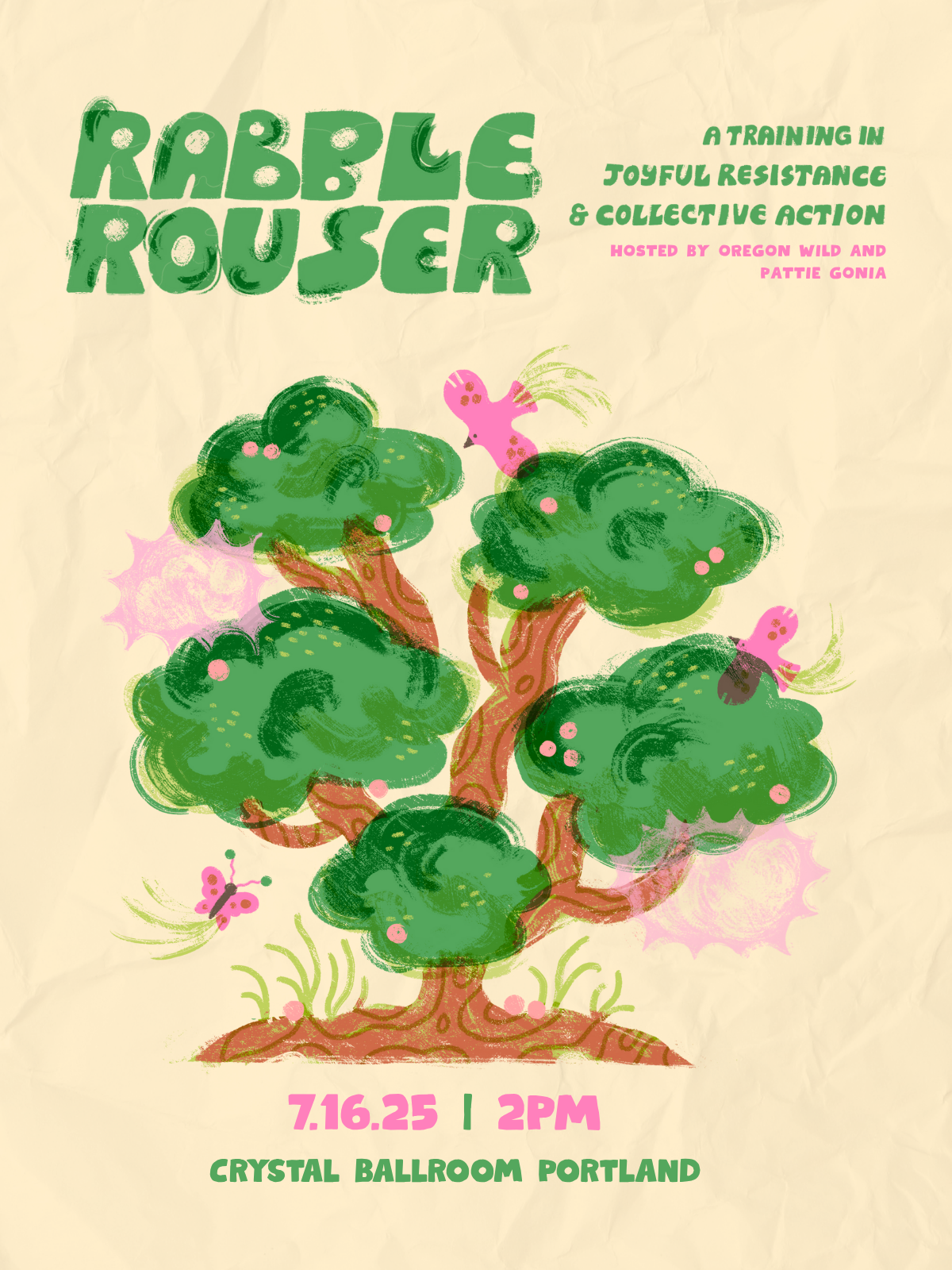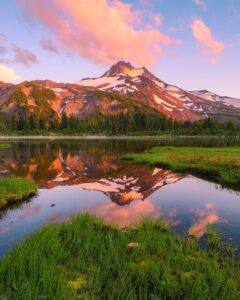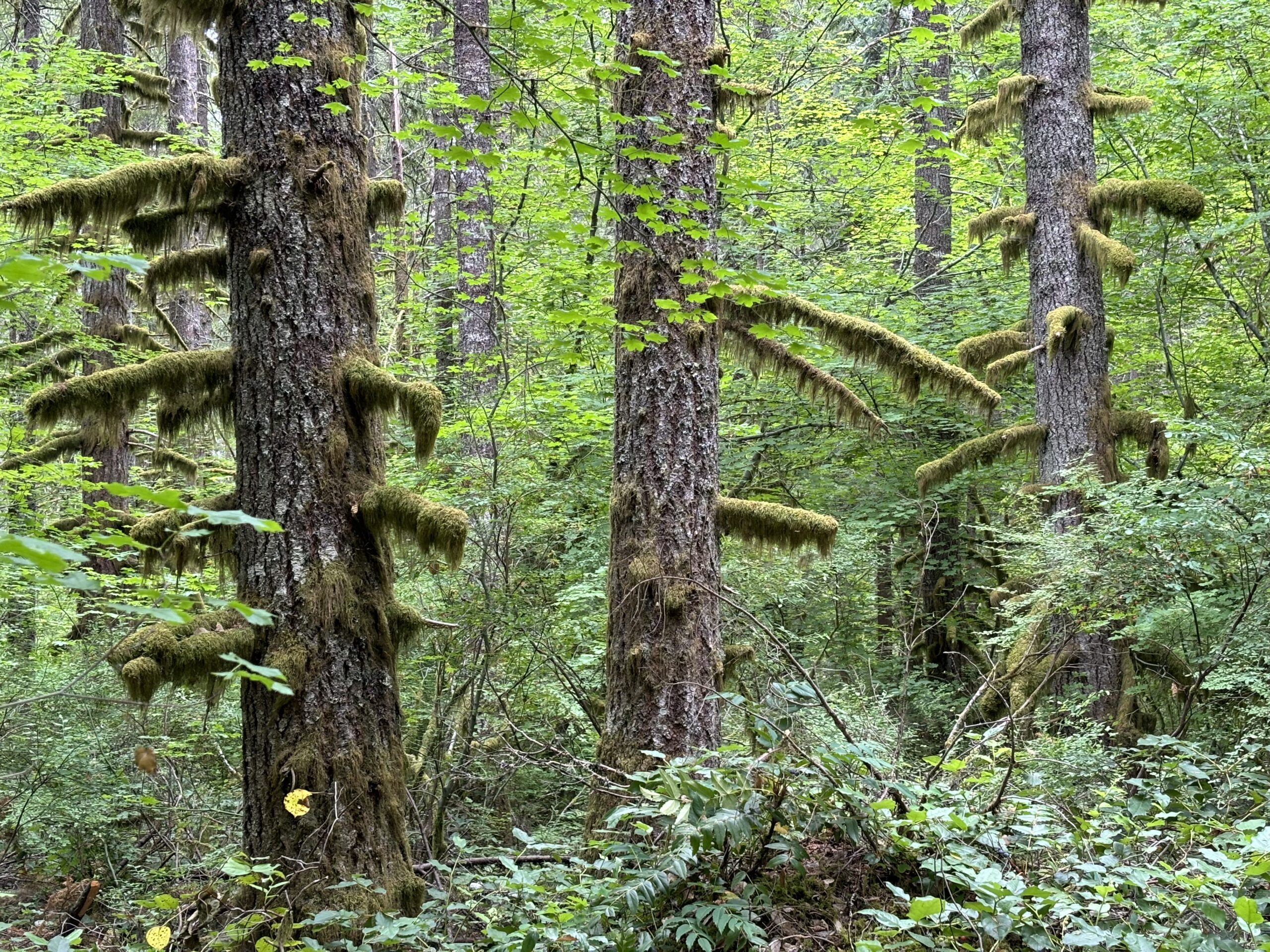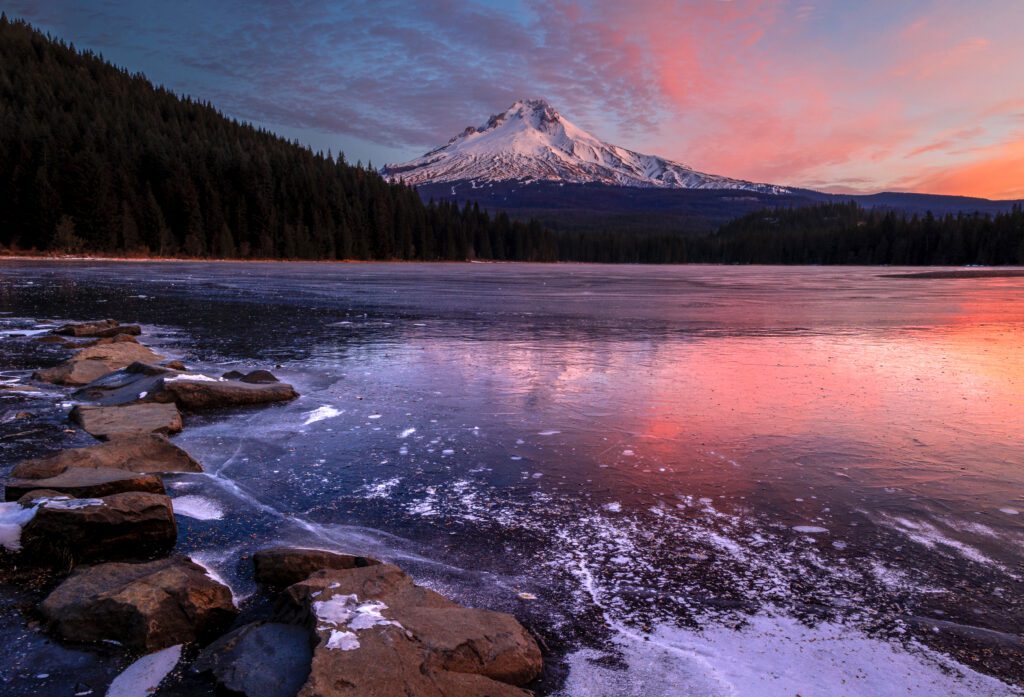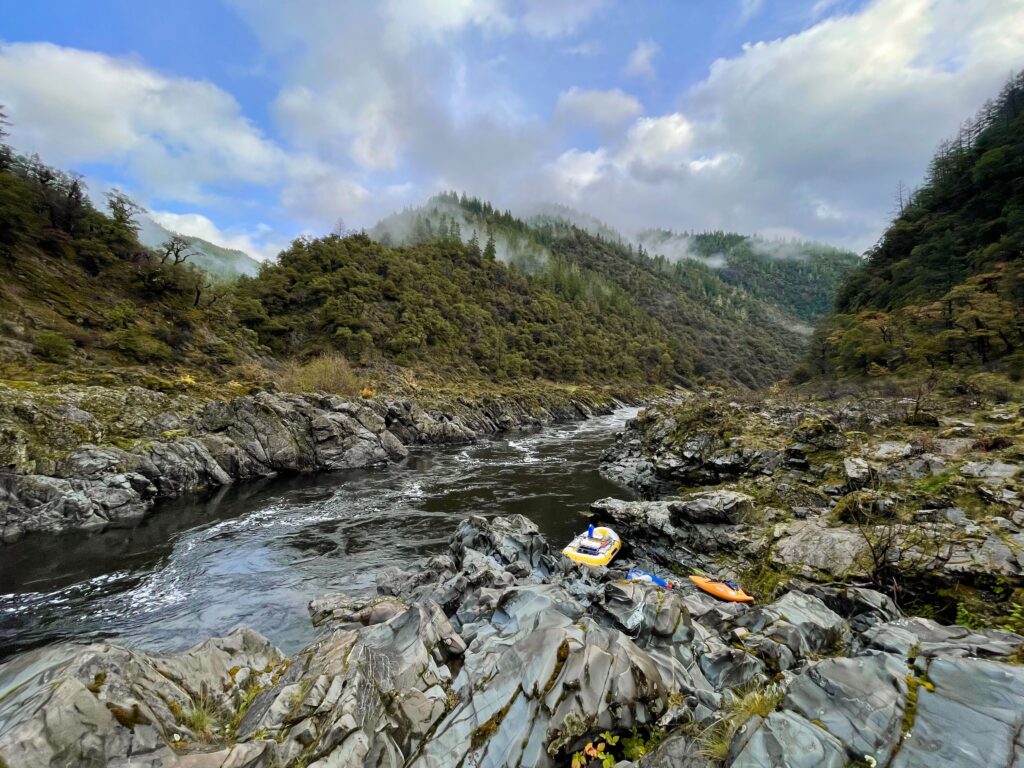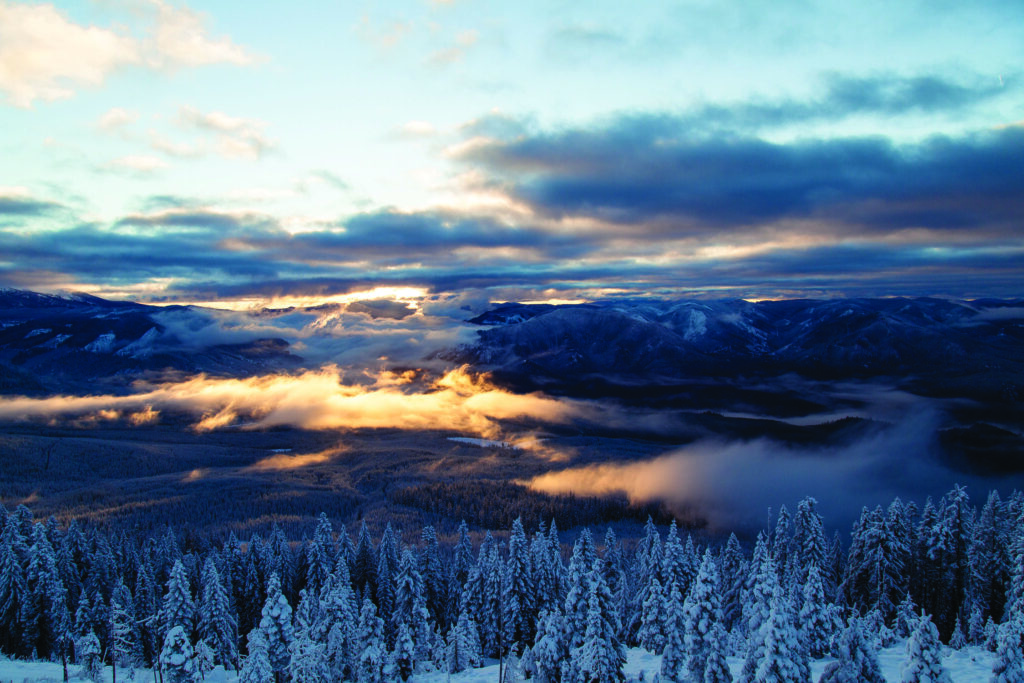When we hear about aggressive logging authorized by the Bureau of Land Management (BLM), one often thinks about the checkerboard of clearcuts found on either side of I-5 in Southern Oregon. However, such logging also occurs on public lands right outside of Portland. As a legal intern for Oregon Wild this past summer, I had the chance to review the BLM’s environmental assessment for the McKay Creek “Forest Management” Project and visit the impacted area.
The McKay Creek Project area encompasses forest stands as old as 119 years in parts of Multnomah and Washington counties. It spans the upper reaches of McKay Creek, a tributary of the Tualatin River, and also includes streams that flow east into the Multnomah Channel. To reach the project area from Oregon Wild’s Portland office, we crossed the St. Johns Bridge and cut through Forest Park. We then turned north on Skyline Boulevard, passing impressive homes tucked into the trees to the east and looking out toward the Coast Range to the west.
Visiting Some of the Last Mature Forest Near Portland
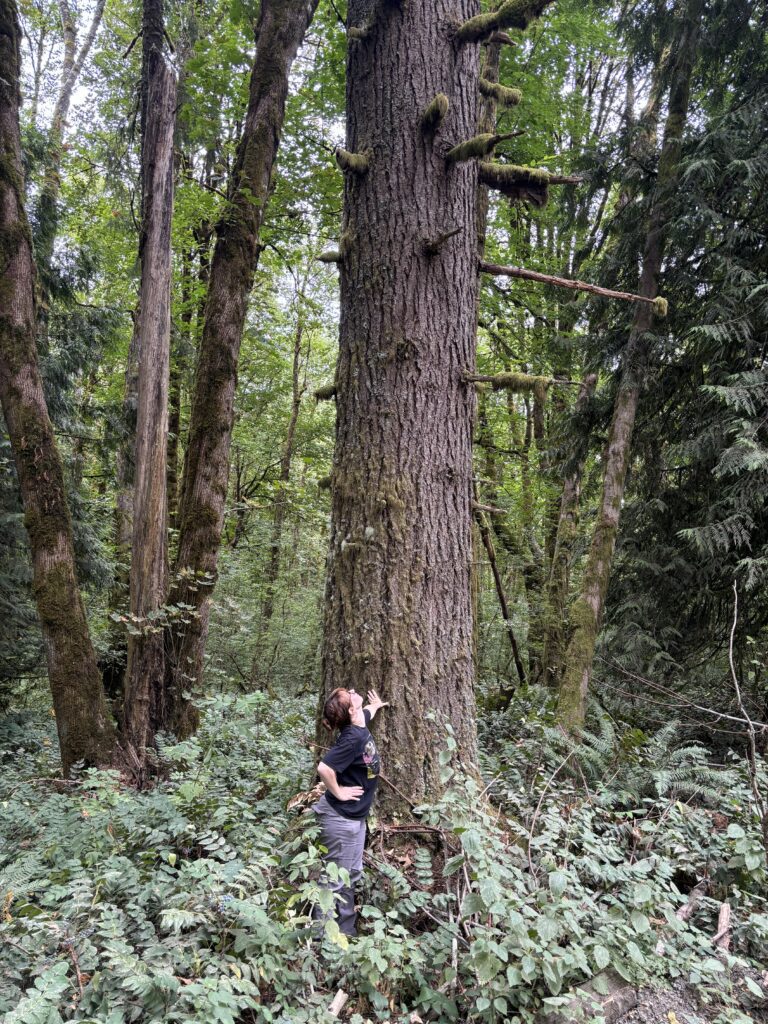
We first stopped near the north end of Skyline Boulevard. Leaving the road, we walked into a classic moss and fern-filled Western Oregon forest. I found myself surrounded by towering Douglas firs and patches of red alder with spotted bigleaf maples and grand firs scattered about. It’s hard to imagine that these trees could be reduced to stumps, yet the BLM says it must convert these “overstocked” hardwoods and older conifers to younger stands for future “harvest.” As a result, fire hazard will be elevated for decades, and drivers passing by will see a wasteland with a few token trees left susceptible to wind.
The steep slopes in many parts of the project area bring another concern into sharp focus. The BLM plans to log sharply dropping hillsides using cable systems to haul logs out. The removal of large trees will strip away the root systems that hold the soil together. Without these natural anchors, the risk of landslides during heavy rains or after a fire will increase greatly. The potential for slope failure feels more like a certainty when standing on these fragile inclines, surrounded by trees that play a crucial role in keeping the land stable.
Particularly concerning is the emphasis on “regeneration harvest”—a sanitized term for clearcutting—rather than restoration thinning that could allow mature stands to develop more natural old-growth characteristics in time. Under the guise of controlling native fungus to promote forest health, the BLM intends to cut down even the biggest, oldest trees here. Such an approach prioritizes rapid “timber production” at the expense of ecological stability. It overlooks the value of mature forests, which store more carbon, provide critical wildlife habitat, and contribute to climate mitigation in ways that younger, smaller trees simply cannot. The BLM’s focus on maximizing board feet over sustaining biodiversity and climate mitigation reveals a narrow vision that sacrifices long-term resilience for short-term gains.
A Vision for the Future of Our Forests
As we made our way deeper into project area, the beauty of the forest contrasted sharply with its likely fate. The towering trees, quiet streams, and rich underbrush were a testament to the intricate web of life that has evolved here. But much of this could be lost if clearcut, replaced by stumps and increased fire hazards.
The McKay Creek Project exemplifies a broader issue in public land management: federal agencies prioritizing timber targets over holistic stewardship. The proposed clearcutting here and its ripple effects on fire safety, water quality, and biodiversity show a troubling disregard for long-term environmental integrity and community well-being.
Leaving the project area and heading south on Skyline Boulevard, I was left with a mix of admiration for this landscape’s potential and concern for its future. The restoration opportunities for these mature stands in Portland’s backyard are tangible, as are the looming threats of flawed land management practices. If we want to protect places like McKay Creek, we must push for more thoughtful, ecologically sound approaches from the BLM that prioritize the health of public lands, watersheds, and the communities that depend on them.
